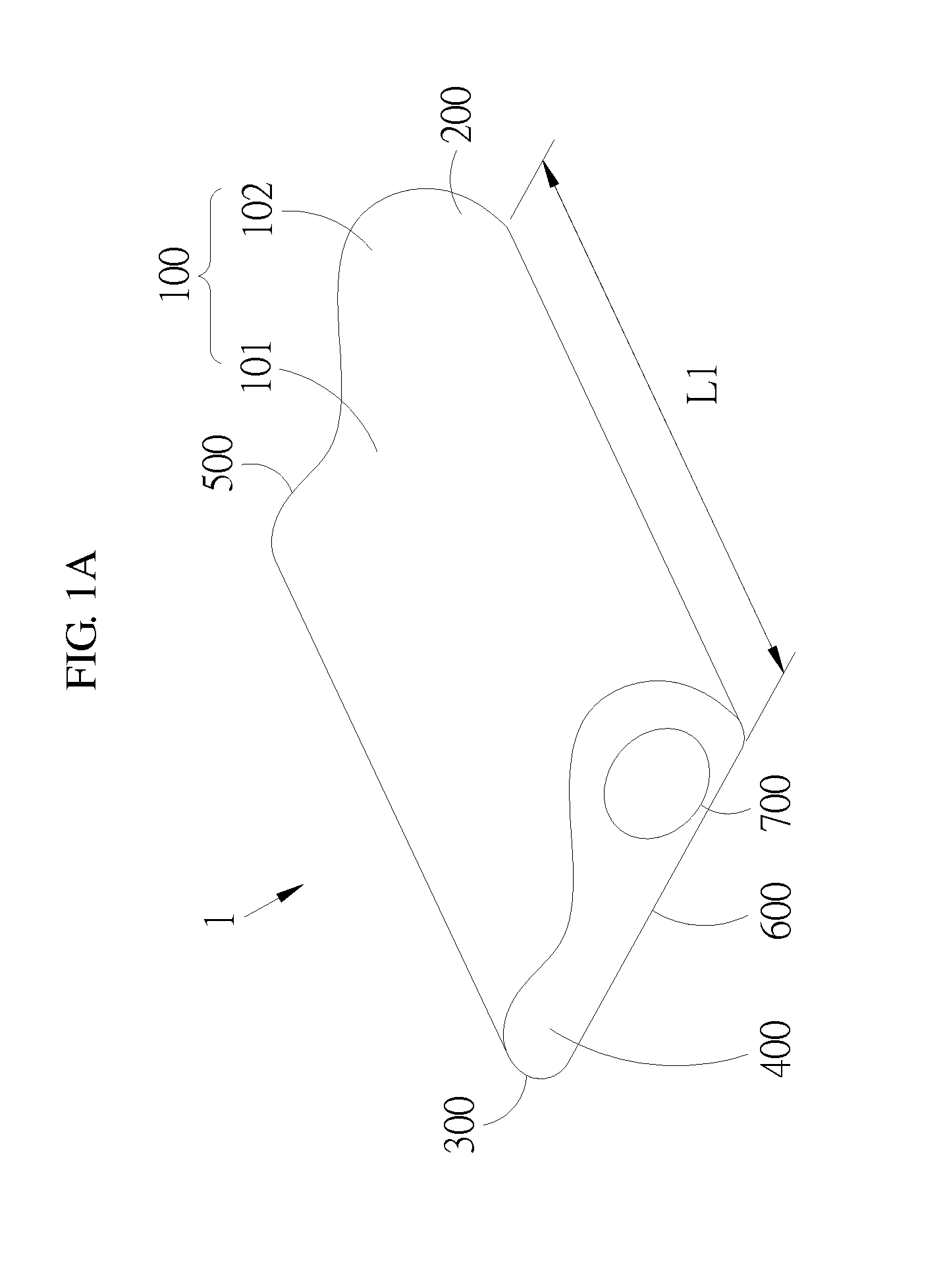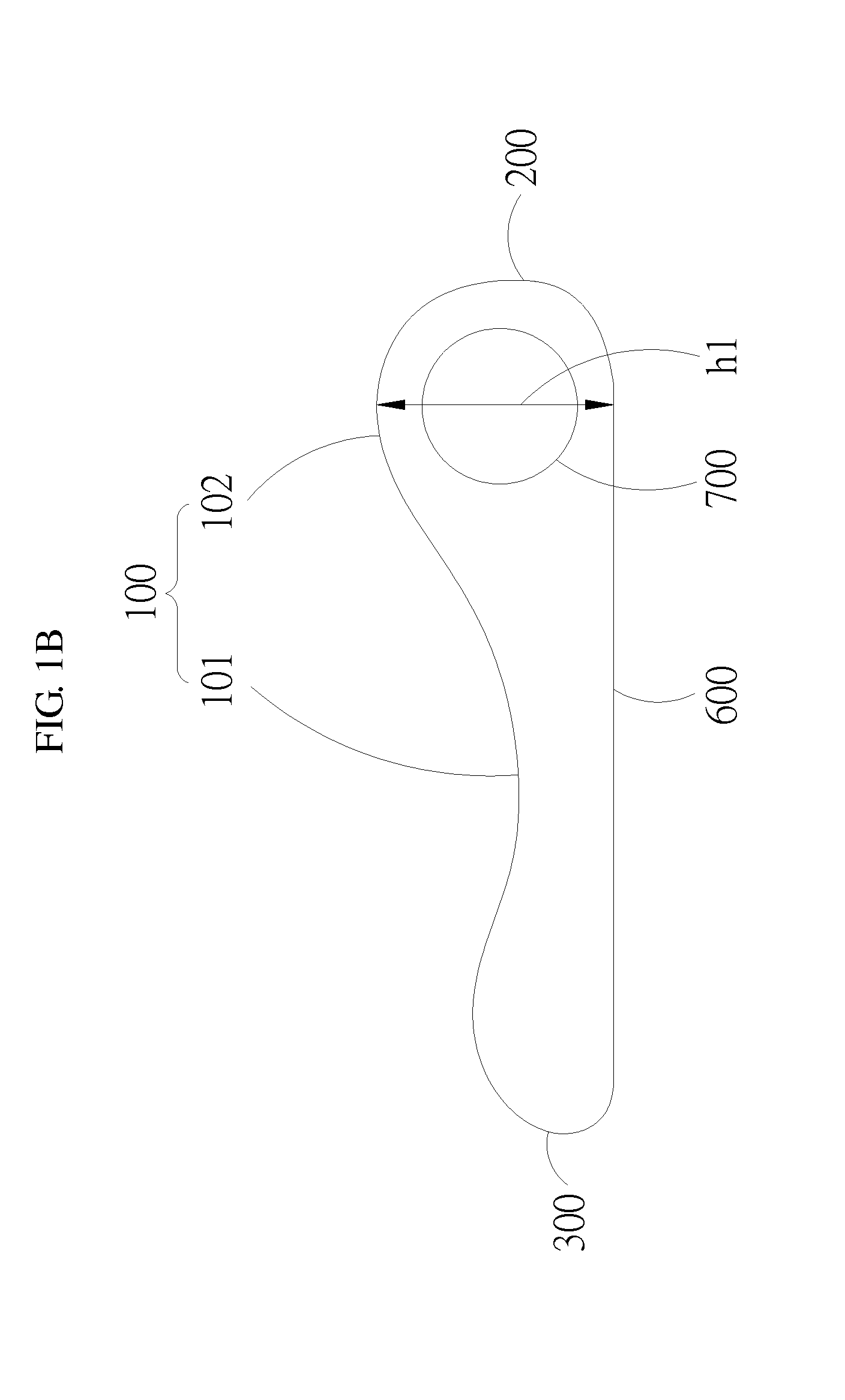Sleep aiding apparatus and uses thereof
a technology of aiding apparatus and sleeping, which is applied in the field of sleep aiding, can solve the problems of reducing concentration, difficulty in falling asleep, and loss of appetite, and achieves the effects of reducing sleep latency, and increasing the duration of deep sleep
- Summary
- Abstract
- Description
- Claims
- Application Information
AI Technical Summary
Benefits of technology
Problems solved by technology
Method used
Image
Examples
example 1
Clinical Evaluation of the Sleep Aiding Apparatus on Sleep Parameters
[0036]Recruitment Protocol:
[0037]A young female subject, without (a) major depressive disorders; (b) auditory dysfunction; (c) sleep disorders, such as insomnia, narcolepsy, snoring, sleep apnea, or periodic limb movement syndrome; (d) use of medications that influences sleep, such as hypnotics, sedatives, antidepressants, anticholinergics, antihistamines, tranquilizers, or melatonin; (e) a habit of meditation or relaxation in the evening within 30 minutes of bedtime; (f) a habit of not going to bed until midnight; and (g) difficulty falling asleep in an unaccustomed environment, was recruited for the sleep study, to evaluate the effect of one embodiment of the sleep aiding apparatus of the present invention on sleep parameters.
[0038]Sleep Study Protocol:
[0039]The sleep aiding apparatus, as illustrated in FIG. 1A, was used in this sleep study.
[0040]Polysomnography (PSG) was performed using the Compumedics P-series ...
example 2
Clinical Evaluation of the Sleep Aiding Music on Sleep Parameters
[0057]24 Young adult students (11 male and 13 female, mean age 24.5+2.6 years) were recruited for the sleep study, according to the recruitment protocol in Example 1.
[0058]The sleep study was carried out according to the sleep study protocol in Example 1, except the sleep study was carried out in 3 consecutive nights. During the first night of adaptation, the subject was hooked up to the recording sensors and asked to sleep according to the usual sleep schedule, without any intervention. The goal of this adaption night was to allow participants to get accustomed to the sleep laboratory environment. During the following two nights, each participant spent one night listening to the sleep aiding music of the present invention (having a regular rhythm of 60 beats per minute) for 1 hour and another night in the control (without music) condition. The subjects were allowed to sleep uninterrupted for the reminder of the night....
example 3
The Use of Anthropometric Measurements to Predict Preferred Pillow Height in the Young and Elderly Subjects
[0061]Method:
[0062]60 healthy young (18-30 y / o) subjects (30 males and 30 females) and 39 old (60-80 y / o) subjects (19 males and 20 females) were recruited for this study. For each subject, the following anthropometric parameters were measured using manual tape method:[0063]1. Head girth was measured as the circumference from the glabella through the opistocranion to the glabella;[0064]2. Head side girth was determined as the circumference of the bitragion;[0065]3. Head front girth was the distance between the glabella and the external occipital protuberance;[0066]4. Neck girth was determined as the circumference of the neck, measured at the 4th cervical vertebra (C4);[0067]5. head length was measured from the neck base to the top of the head;[0068]6. Shoulder length was determined by measuring the arc distance from the left (right) acromion through the back neck point (BNP) to...
PUM
 Login to View More
Login to View More Abstract
Description
Claims
Application Information
 Login to View More
Login to View More - R&D
- Intellectual Property
- Life Sciences
- Materials
- Tech Scout
- Unparalleled Data Quality
- Higher Quality Content
- 60% Fewer Hallucinations
Browse by: Latest US Patents, China's latest patents, Technical Efficacy Thesaurus, Application Domain, Technology Topic, Popular Technical Reports.
© 2025 PatSnap. All rights reserved.Legal|Privacy policy|Modern Slavery Act Transparency Statement|Sitemap|About US| Contact US: help@patsnap.com



